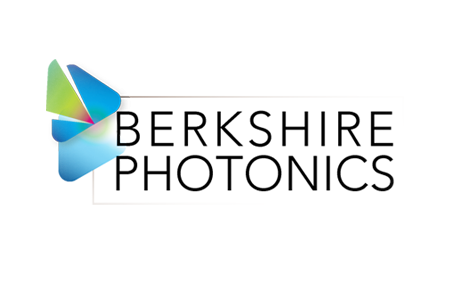Home » Product Categories » Dispersion Compensation Modules (DCMs)
Dispersion Compensation Modules (DCMs)
Berkshire Photonics builds custom Dispersion Compensation Modules (DCMs) using precision-wound lengths of fiber that reduce, adjust or eliminate the overall chromatic dispersion of a single mode fiber span.
Chromatic dispersion (CD) is a pulse-broadening phenomena that arises primarily from the refractive index wavelength dependence of optical fiber. This causes the different wavelength components of an optical pulse to propagate through fiber at different speeds. Over long lengths of fiber, this results in pulse-spreading which can make it difficult to distinguish between digital 1’s and 0’s.

Single mode silica fiber exhibits zero dispersion at wavelengths near 1310nm and, in fact, early fiber-based telecommunications systems were designed to operate at this wavelength to take advantage of the low chromatic dispersion effects.
As technologies advanced, manufacturers of transport equipment began eyeing the 1550nm band where losses are lower, and where erbium-doped fiber amplifiers (EDFAs) enabled long-haul transmission without costly and complex optical-to-electrical-to-optical (O-E-O) conversion for amplification.
But the CD of early single mode fiber in the 1550nm wavelength band was non-zero, which resulted in the need for dispersion management techniques. Fiber manufacturers responded first by developing fibers with a zero-dispersion point near 1550nm (“dispersion-shifted fiber”) and later, to address four-wave mixing and other effects in multiwavelength systems, “non-zero dispersion-shifted fibers” where the zero point was shifted away from the center of the transmission band.
Chromatic dispersion is expressed in units of “ps/nm·km”. This measure describes how many picoseconds (ps) of delay are observed between two pulses with a wavelength difference of one nanometer (nm), per kilometer of fiber. For example…
Commonly-used single mode fiber might have a CD of 15 ps/nm·km at λ= 1550nm. In order to compensate for the dispersion accumulated in 1km of such fiber, one would need an equivalent length of fiber with negative dispersion of the same magnitude (ie. -15 ps/nm·km).
Alternately, one could use 2km of fiber with –7.5 ps/nm·km. Or 3km of fiber with –5 ps/nm·km.

It is often not necessary to reduce the total CD of a fiber span to zero; it may be sufficient to reduce it to an acceptable non-zero level. Some applications, indeed, may call for a specified value of positive or negative dispersion.
For all these scenarios, Berkshire Photonics can calculate and select the right combination of fiber types and fiber lengths to yield the desired CD. The fiber (up to 50km or more) is precision-wound onto compact spools that can be supplied to customers as a low-loss spool, or be built into 1U/3U/5U rack-mountable enclosures with front-panel or rear-panel connectors.

Berkshire Photonics has advanced precision winding capabilities ideally suited for precision winding of optical fiber onto the spools used in DCMs. The company is also known for producing optical delay lines (ODLs) for applications that require delaying an optical signal by a precise amount of time.
Berkshire Photonics has a suite of advanced measurement tools to characterize and verify the accuracy and performance of the coils we manufacture.
We offer a wide sampling of spool sizes, and are experts in packing multiple spools into 1U/3U/5U rack-mountable enclosures with input/output ports to customer specifications We also offer customized upgrades such as insulated enclosures for temperature stability.

Summary
Berkshire Photonics has many years of experience constructing and testing precision-wound, fiber-based dispersion compensating products. Our team can quickly and accurately assess specialized inquiries, come up with an optimized solution, and deliver with quick turnaround. We look forward to demonstrating our capabilities to you.
